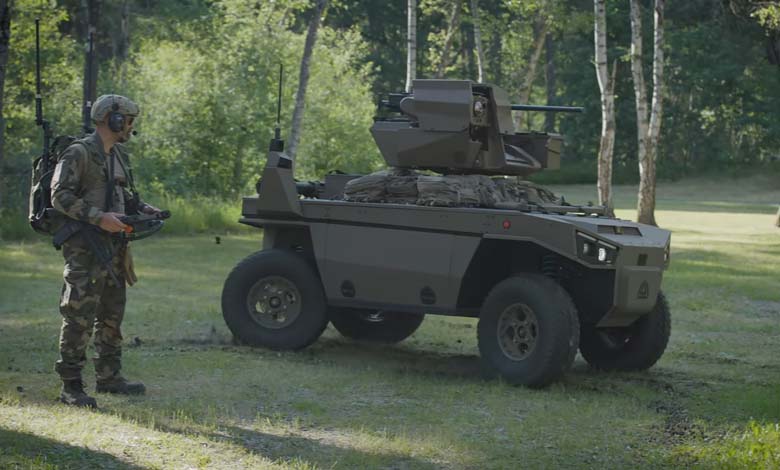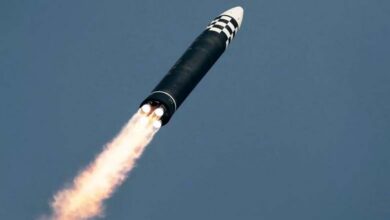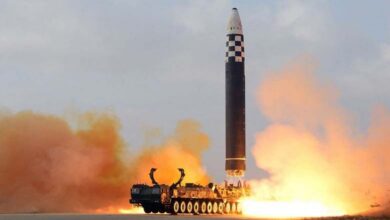The world’s first autonomous fighter: a technological leap and an ethical dilemma

The emerging defence company Shield AI unveiled its new combat aircraft, the X-Bat, at a lavish event in Washington, presenting it as the world’s first fully autonomous fighter. According to Responsible Statecraft magazine, the announcement has reignited sharp debates over the appropriateness of delegating decisions that affect human lives and the conduct of warfare to automated systems.
The company claims the X-Bat can carry out combat operations completely independently — from air engagements to ground strikes — without direct human intervention. CEO Armor Harris described the aircraft as a strategic deterrent “that wins without war,” by leveraging technological and psychological superiority.
Shield AI says the aircraft can perform vertical take-offs and landings from moving platforms, eliminating the need for conventional runways and delivering high operational flexibility. Its range is expected to exceed 2,000 nautical miles, and the company suggested its speed will rank among “the fastest in the sky.”
Production is slated to begin in 2029, although the model has not yet undergone any confirmed field tests.
The artificial intelligence system
At the heart of the fighter is the “Hive Mind” AI developed by the company and previously used by the U.S. military in flight experiments. During the demonstration, Harris presented a hypothetical scenario in which the aircraft defended a designated airspace and automatically engaged any unidentified object based on preprogrammed rules of engagement.
Responding to ethical concerns, Harris stated the company adheres to a principle of a “human in the loop” for every lethal offensive decision, allowing human intervention to abort an action if necessary. Shield AI’s chairman, Brandon Tsang, a former U.S. Navy officer, similarly endorsed keeping moral authority over lethal force “in human hands without exception.”
However, this ethical assurance faces substantial practical challenges: the company has announced that the aircraft can continue an attack even if communications are lost, making human intervention impossible at critical moments. Officials also acknowledged that some targeting decisions might be made prior to mission start, thereby reducing the effectiveness of human oversight during crucial phases.
Consequences and risks
Deploying this technology raises serious concerns, particularly in densely populated civilian environments where broad strikes could cause unintended casualties. Previous urban conflict experiences have shown that reliance on AI systems to generate target lists can lead to strikes based on inaccurate information or on assessments conducted in as little as twenty seconds.
The X-Bat’s future hangs between two possibilities: it could represent a strategic breakthrough in air defence or a profound ethical and legal quandary that paves the way for machines to be entrusted with life-and-death authority.












